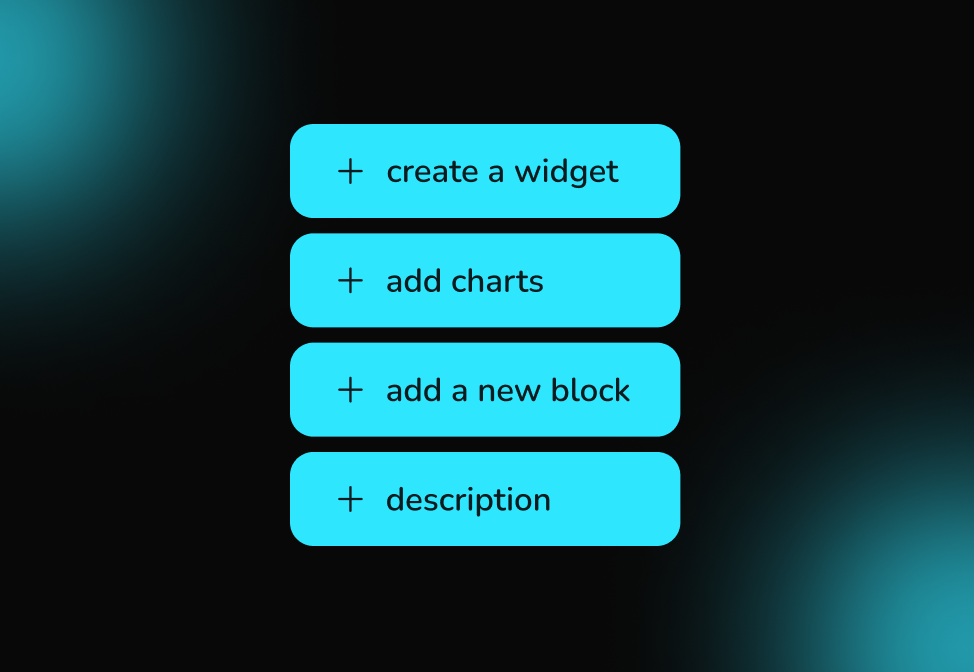Low Code development with M1 Development 👨💻 fast solution for business


What is Low code development?
Low code development is a new approach to software development that emphasizes visual modeling, drag-and-drop interfaces, and minimal manual coding.
Essentially, low code platforms allow developers to create applications using a visual interface rather than writing code from scratch.
The platform does most of the heavy lifting, allowing developers to focus on higher-level tasks such as logic and design.

The rise of low-code platforms
In recent years, the popularity of low-code platforms has been growing rapidly.
According to Gartner, the low-code development market will reach $21.2 billion by 2025.
This is due to the many advantages offered by low-code platforms, namely
Low-code platforms allow developers to create applications much faster than traditional coding methods.
By reducing the amount of manual coding required, low-code platforms can significantly reduce development costs.
Low-code platforms are easy to use, making them accessible to non-technical users.
Low Code vs. No Code
The terms “low code” and “no code” are often used interchangeably, but they are not the same thing.

While low-code platforms require some coding, no-code platforms require no coding at all.
No-code platforms rely solely on visual modeling and drag-and-drop interfaces to build applications.
Development of Low code applications
Low-code application development is the process of creating applications using low-code platforms.
This process usually consists of several stages, including:
Defining the requirements for the program
Before you start developing, you need to clearly define the requirements for the program.
Application development
Once the requirements are defined, you can create an application design using the visual modeling tools of the low-code platform.
Creating an application
After creating the design, the low-code platform generates the necessary code to build the application.
Testing the application
Finally, the app should be thoroughly tested to make sure it works as intended.
Conclusion.

Low-code development has become a revolutionary technology that has changed the software development process.
Thanks to low-code platforms, developers can create applications faster and at a lower cost than using traditional coding methods.
In addition, low-code platforms allow non-technical users to build their own applications, leading to the growing popularity of no-code platforms.
As technology continues to evolve, the future of low code looks bright.